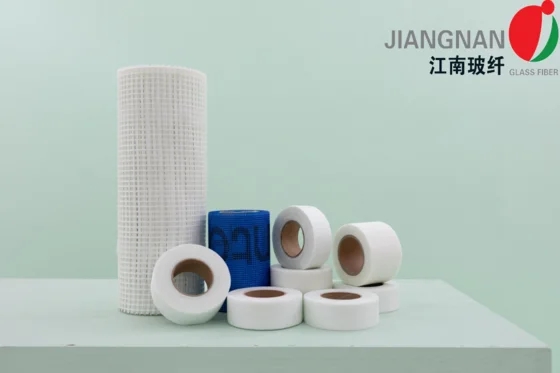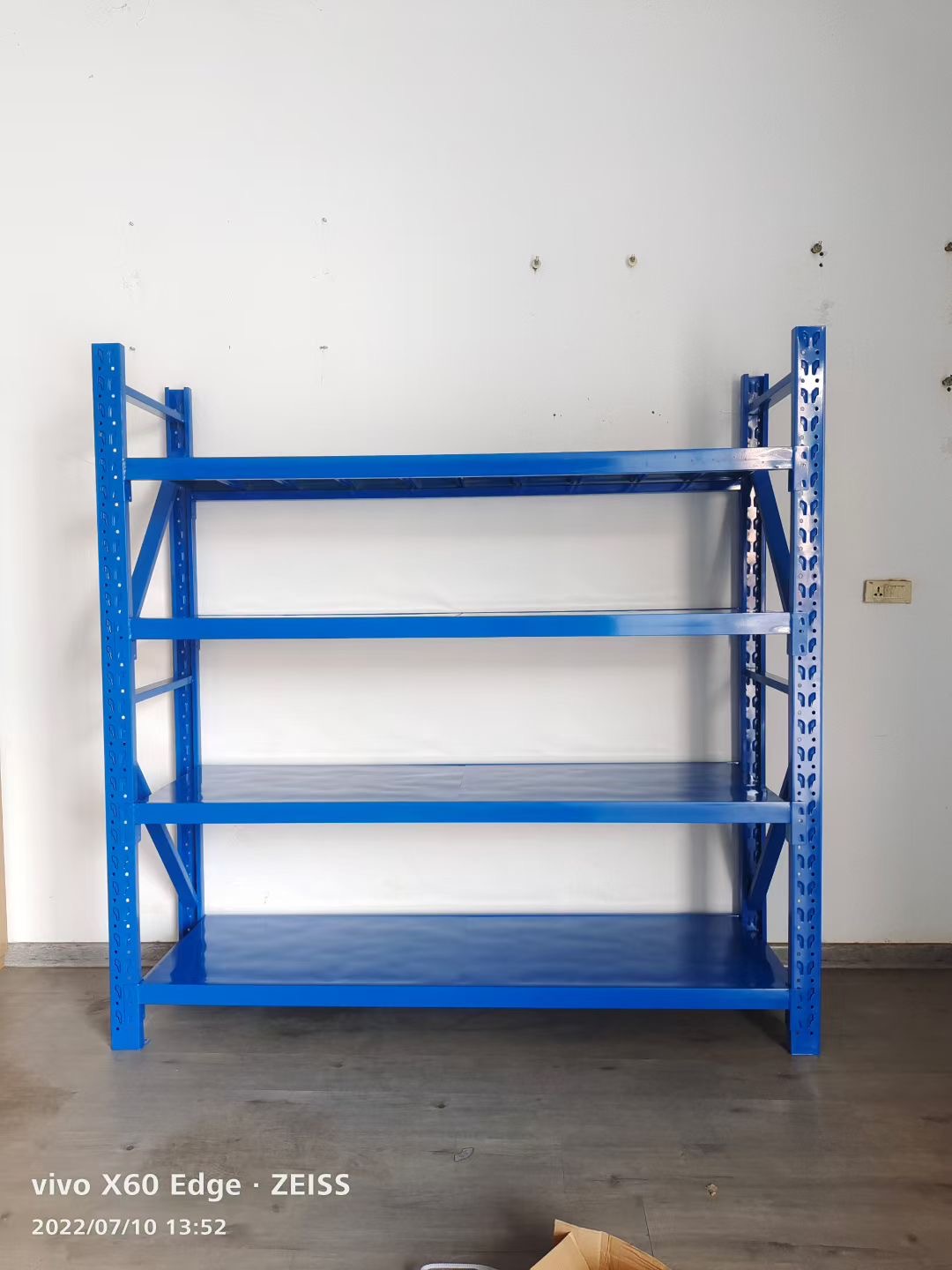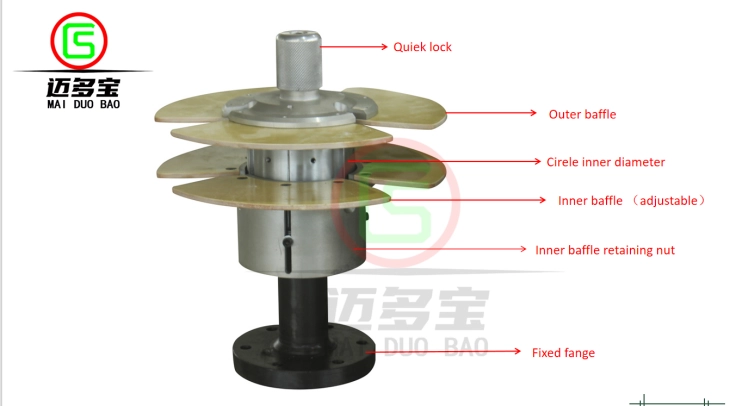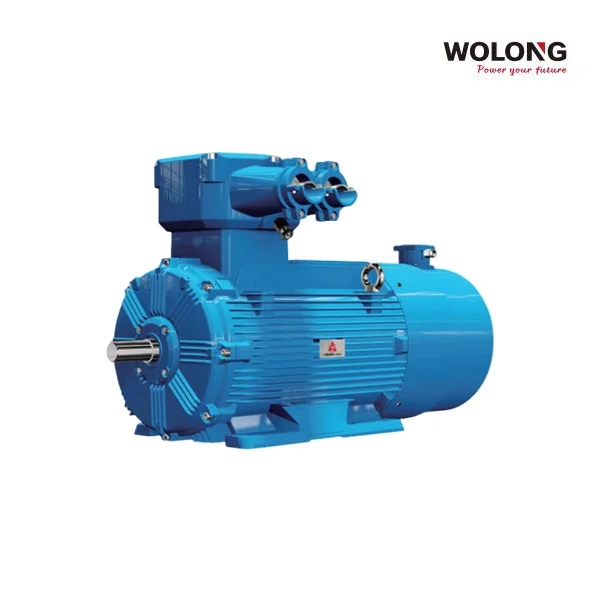When it comes to wall finishes, plaster plays a crucial role in providing durability, aesthetics, and structural integrity. However, with a plethora of plaster options available, it can be overwhelming to determine the most suitable type for your walls. In this comprehensive blog post, we will delve into the world of plaster, exploring its various types, their unique properties, and the factors to consider when choosing the perfect plaster for your walls.
- Traditional Lime Plaster:
Lime plaster, a time-honored choice, has been used for centuries due to its exceptional breathability and flexibility. Composed of lime, sand, and water, it offers excellent moisture control, preventing the buildup of mold and mildew. Its self-healing properties make it ideal for historic buildings, as it can adapt to structural movements without cracking. Moreover, lime plaster provides a natural, textured finish that exudes elegance and charm. - Gypsum Plaster:
Gypsum plaster, also known as plaster of Paris, has gained popularity in modern construction due to its ease of application and quick drying time. Comprised of gypsum powder, water, and additives, it offers a smooth and flawless finish, making it suitable for interior walls. Its fire-resistant properties and sound insulation capabilities make it a preferred choice for commercial spaces and residential buildings alike. - Cement Plaster:
Cement plaster, a versatile option, is widely used for both interior and exterior walls. It consists of cement, sand, and water, providing a robust and durable finish. Cement plaster offers excellent resistance to weathering, making it suitable for areas prone to harsh climatic conditions. Its ability to adhere to various surfaces, including bricks, concrete, and stone, makes it a go-to choice for construction projects. - Acrylic Plaster:
Acrylic plaster, a modern innovation, combines the benefits of traditional and synthetic materials. Composed of acrylic polymers, aggregates, and additives, it offers exceptional durability, flexibility, and resistance to fading. Acrylic plaster provides a wide range of design possibilities, allowing for various textures, colors, and finishes. Its low maintenance requirements and resistance to cracks make it an excellent choice for both residential and commercial applications.
Factors to Consider When Choosing Plaster:
- Environmental conditions: Consider the climate, humidity levels, and exposure to sunlight.
- Purpose: Determine whether the plaster is for interior or exterior walls.
- Aesthetics: Reflect on the desired texture, color, and finish.
- Structural requirements: Assess the strength, flexibility, and resistance to impacts.
- Budget: Consider the cost of materials, application, and long-term maintenance.
Conclusion:
Selecting the right plaster for your walls is a crucial decision that impacts both the aesthetics and functionality of your space. Whether you opt for the traditional charm of lime plaster, the versatility of gypsum or cement plaster, or the modern appeal of acrylic plaster, understanding their unique properties and considering the relevant factors will ensure a successful outcome. So, embark on your plastering journey armed with knowledge and make your walls a testament to both beauty and durability.







